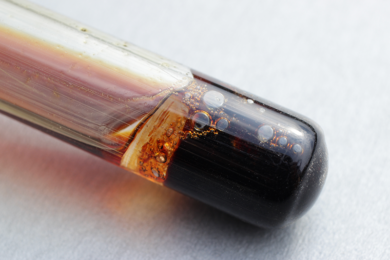The Atlantic Canada Opportunities Agency (ACOA) has announced a major investment in an iron ore processing upgrade at Tacora Resources Inc’s Scully operation in Wabush, Newfoundland and Labrador. Yvonne Jones, Member of Parliament for Labrador, announced a repayable investment of $3.3 million through the Jobs and Growth Fund (JGF) for Tacora Resources to improve productivity and create more jobs at its iron ore processing plant in Wabush. The announcement was made on behalf of the Honourable Ginette Petitpas Taylor, Minister of Official Languages and Minister responsible for ACOA.
Tacora Resources Inc is adding two new Manganese Reduction Circuit (MRC) process lines – advanced technology equipment to improve processing and increase efficiency. The equipment uses separation processing technology to remove manganese and silica, resulting in a higher grade iron ore. High quality iron ore can benefit the environment by reducing steel plant emissions when it is used in ‘green steel’ production. Tacora Resources Inc is contributing C$6.2 million towards the initiative.
More detail on the role the MRC lines play is given in a Feasibility Study Technical Report released in 2021. The remaining resources at the Scully mine consist of high-manganese iron ore located above, below and around previous operations. For the 2019 mine restart, four additional manganese reduction lines using modern rare earth magnetic separators were installed to supplement the two existing MRC lines to reduce the manganese content to less than 2% and silica to less than 3% in the finished product. The concentrator annual production rate is planned to ramp-up to about 6 Mt/y of iron ore concentrate at 65.6% iron content, requiring the two latest MRC lines.
At Scully, the first stage of the wet concentration circuit is made of 160 rougher spirals per line. The spiral concentrate is processed in hydrosizers where the lighter waste material is removed from the denser iron-ore concentrate with the use of a counter-current upflow of water through a bed of concentrate. The iron ore concentrate recovered at the underflow is sent to drum filters to remove excess water prior to the drying step. The hydrosizer tails are sent to a cyclone and its underflow is pumped to new scavenger spirals to recover additional iron and increase the overall plant weight recovery.
The concentrate from the drum filter is fed to the dryers to obtain a dry concentrate which can then be processed in the dry magnetic drums of the manganese removal circuit (MRC). The MRC is made of low intensity magnetic separators (LIMS) followed by rougher and scavenger high intensity magnetic separators (HIMS). Each stage is used to separate haematite and magnetite from silica and pyrolusite to produce a low manganese and low silica concentrate.
Launched in July 2021, the Jobs and Growth Fund (JGF) provides C$700 million over three years to Canada’s regional development agencies to support a regional response and stimulate economic recovery following the COVID-19 crisis by investing in projects that will help to create jobs. Through the JGF, the Government of Canada aims to support the transition to a green economy, foster an inclusive recovery, enhance competitiveness, and create jobs in every corner of the country.










